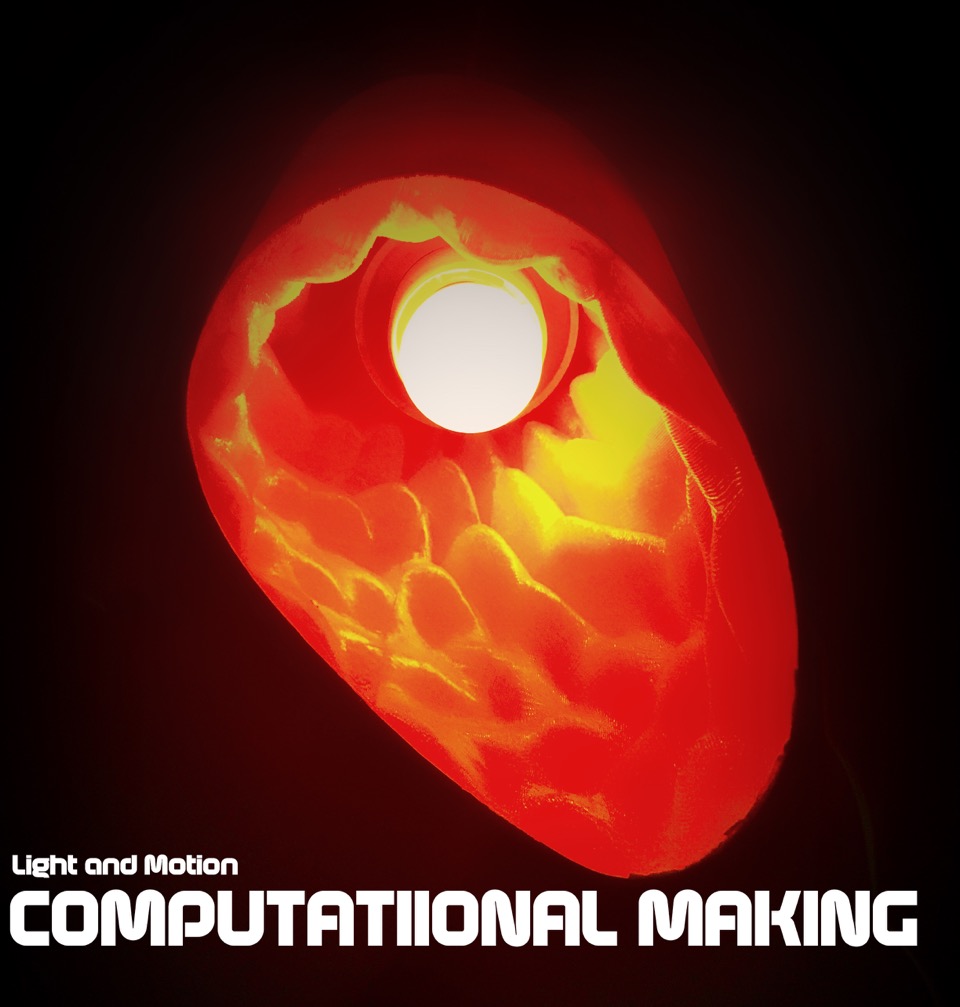[I3] Imitation, Iteration and Improvisation | Human-Machine Making, an Embodied Interaction in Making and Learning
Researcher: Dina El-Zanfaly
“To read making longitudinally, as a confluence of forces and materials, rather than laterally, as a transposition from image to object, is to regard it as such a form generating –or morphogenetic- process.” Tim Ingold, 2013
Making is a situated action, always in flux, and cannot be pre-planned even with digital fabrication machines that aim to impose form on material. In this paper, I introduce a new embodied making and learning process as a remedy for the current separation between design and building. I call it I3: that is, the process of Imitation, Iteration and Improvisation. This learning process depends on situated embodied interaction between the maker, the object in the making and the machines. This research introduces an embodied human-machine making, in which the process itself is more important than the final product. I argue that, with I3, learners build their sensory experience and are able to create on their own with judgment and dexterity.

Making is an intertwining process of flow of material and consciousness together; this way of seeing making is in contrast to the idea of a separated longitudinal relationship between the flow of consciousness and flow of material, in which the object is separated from the image.
Source: Author image based on Tim Ingold’s description
What I mean by “imitation” is copying the making process of an object, which involves all the body movements — just as in learning a craft, learners follow their master’s movements. What I mean by “Iteration” is making different copies from the object itself; “improvisation” is creating something or altering while copying it instead of following pre-determined instructions. This allows learners to evaluate or judge the outcome at every stage in the making process, to change it, and to see new things every time. As Eisner describes it, the judgments move “from external to internal” realization, leading the maker to depend on his or her own sensations and perceptions. I argue that by focusing on the making process itself with I3, rather than on the end project and/or the technical skills, learners will be able to create and improvise on their own. With Imitation, Iteration and Improvisation in making, the maker builds his or her sensory experience with judgment and dexterity. This involves the entire body, not just the visual sense and tactile perception and the coordination between them. As Frank Lloyd Wright describes it, “it is form becoming feeling.”
4.552 Computational Making: Light and Motion
Spring 2015
COURSE DESCRIPTION
Making is a process of creating artifacts, spaces, buildings and experiences, in which there is a continuous flow between shape and material. How then do we learn to make something? What can we learn by making? What are the potential roles of computational tools, theories, and practices in making? And where do makers, designers, entrepreneurs and students begin? How do they learn how to realize their ideas and to describe their making activities?
Computational Making: Light and Motion introduces a new, embodied process of making and learning called I3. This process, I3, consists of Imitation, Iteration and Improvisation. The course studies this new making process in human-machine interaction, and its application and implications in learning to create objects. However, the course is not just about learning how to make prototypes, it is about building the learner’s sensory experience and spatial skills by teaching him/her a new process of human-machine making. With I3, machines are companions for makers to generate and materialize ideas instead of the means for materializing a prototype for an already designed and planned digital model. Students will be able to apply this process to make almost anything with digital fabrication machines as well as without them. They will make both tangibles, such as physical artifacts, and intangibles, such as experience, light and motion.
For the first half of the semester, students will learn how to use rules to describe and make – design and build – lighting units. Shape and material will be thoroughly examined and tested. For the remainder of the semester, students will develop their prototypes further by adding motion and electronics to their lighting units. Students will be also required to deliver a documented process of their work.
PREREQUISITES
The course brings together graduate and undergraduate students from different backgrounds, including architecture, the arts, engineering, education and management, to develop their Computational Making skills. No particular skills are required. There will be optional lab sessions for support for software and technical skills.
Photo Credits: Diego Pinochet



